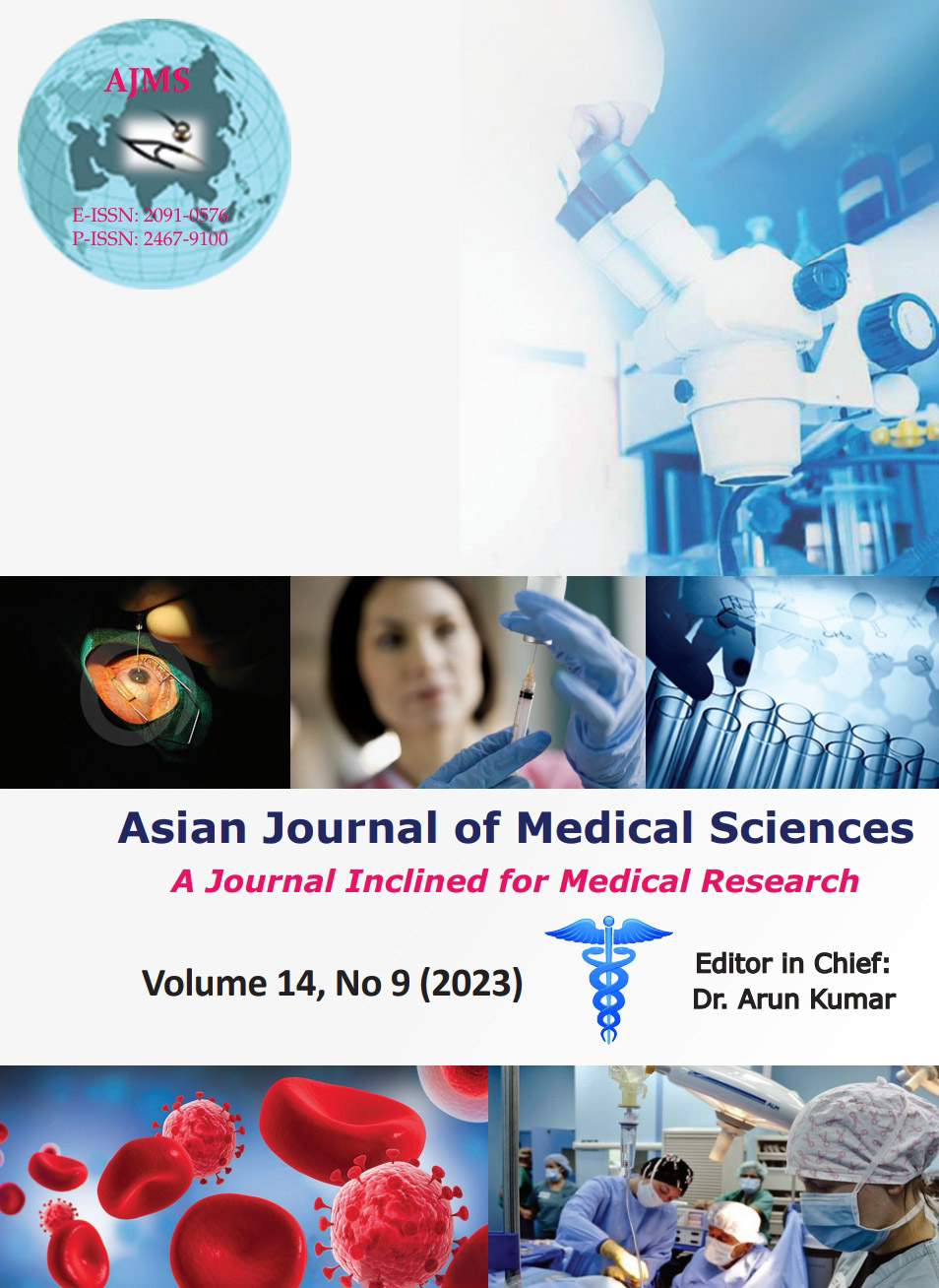Gender-related differences in the morphometry of the corpus callosum: MRI study
Keywords:
Magnetic resonance imaging; Morphometry; Corpus callosum; Cerebral hemisphereAbstract
Background: The size and shape of the adult corpus callosum (CC) may vary with gender. There is, however, less literature available on data involving the morphometry of CC among the Indian population.
Aims and Objectives: To measure the size of CC using magnetic resonance imaging (MRI) scans of normal Indian adult females and males and identify gender-related differences, if any.
Materials and Methods: The dimensions of CC were measured on MRI scans on a midsagittal section view belonging to 150 (59 females, 91 males) normal Indian adults (North India) using e-measurement tools. The measurements included the maximum length and height of CC, the thickness of various parts of CC, the CC index (CCI), and the distance of CC from the frontal and occipital poles of the cerebral hemisphere. The study was carried out in the Department of Anatomy in collaboration with the Department of Radiodiagnosis, King George’s Medical University, U.P., Lucknow, India. The data was analyzed using the statistical package for social sciences, 23rd version. Means were compared for significant differences using the independent unpaired t-test.
Results: The mean length of the CC was found to be 6.94±0.63 cm; mean height was 2.57±0.43 cm; the mean thickness of the genu was 9.16±2.26 mm; the mean thickness of the body was 5.09±0.99 mm; the mean thickness of splenium was 9.10±2.22 mm; the mean distance from the frontal pole was 3.66±0.35 cm; the mean distance from the occipital pole was 5.70±0.74 cm; and the mean CCI calculations showed to be 3.37±0.56. All measurements were found to be greater in males as compared to females except mean height (males 2.56±0.47 cm; females 2.59±0.37 cm) and mean thickness of the body (males 5.04±0.94 mm; females 5.17±1.06 mm). A statistically significant difference was observed in the distance of CC from the frontal pole in our population with respect to gender (P=0.03).
Conclusion: Based on observations made in the study, normative data of CC measurements was generated, and it was found that there was no significant gender-related difference in the morphology of CC; the only significant difference was in the distance of the genu from the frontal pole, which was greater in females as compared to males.
Downloads
Downloads
Published
How to Cite
Issue
Section
License
Copyright (c) 2023 Asian Journal of Medical Sciences

This work is licensed under a Creative Commons Attribution-NonCommercial 4.0 International License.
Authors who publish with this journal agree to the following terms:
- The journal holds copyright and publishes the work under a Creative Commons CC-BY-NC license that permits use, distribution and reprduction in any medium, provided the original work is properly cited and is not used for commercial purposes. The journal should be recognised as the original publisher of this work.
- Authors are able to enter into separate, additional contractual arrangements for the non-exclusive distribution of the journal's published version of the work (e.g., post it to an institutional repository or publish it in a book), with an acknowledgement of its initial publication in this journal.
- Authors are permitted and encouraged to post their work online (e.g., in institutional repositories or on their website) prior to and during the submission process, as it can lead to productive exchanges, as well as earlier and greater citation of published work (See The Effect of Open Access).




